With the killing of Iranian General Qassem Soleimani, the entire mid-east situation is in turmoil.
Hundreds of thousands are turning out in the streets of Tehran and other major centres, to mourn the general.
But was there more behind the killing and what of internal politics in Iran?
Ali Dizboni (Ph.D.) is Director of Military and Strategic Studies-MSS and professor in the Department of Political Science and Economics at the Royal Military College in Kingston, Ontario.
ListenDizboni notes that Soleimani was in Iraq trying to extend Iran’s influence and power in the area. He also says that while reporting to Iran’s leader, the general nonetheless seemed to be operating as a state within a state acting on his own initiative in both foreign and domestic affairs, and as Dizboni says, was to some extent was running foreign policy. The professor says because of that some in the top echelons of the regime may indeed have wanted to see the general moved out the way to reduce his increasing political influence. However, while not entirely out of the question, he feels it is unlikely that the dislike would go so far as to have anyone in the regime involved in the general’s death.
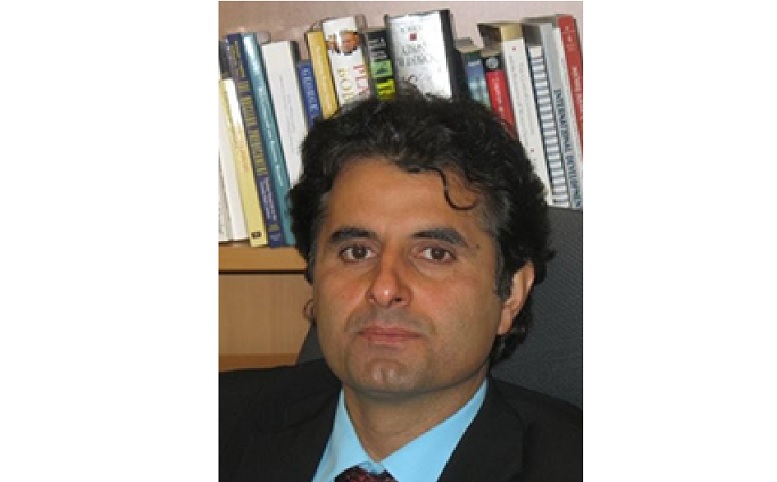
Political science professor Ali Dizboni (Queen’s University)
Elsewhere, Dizboni says the U.S. may feel that removing the top military figure will hamper the regime externally in its influence in the region while economic sanctions are squeezing the regime internally. He believes the U.S. hope is that this will force the Iranian leadership to the negotiating table.
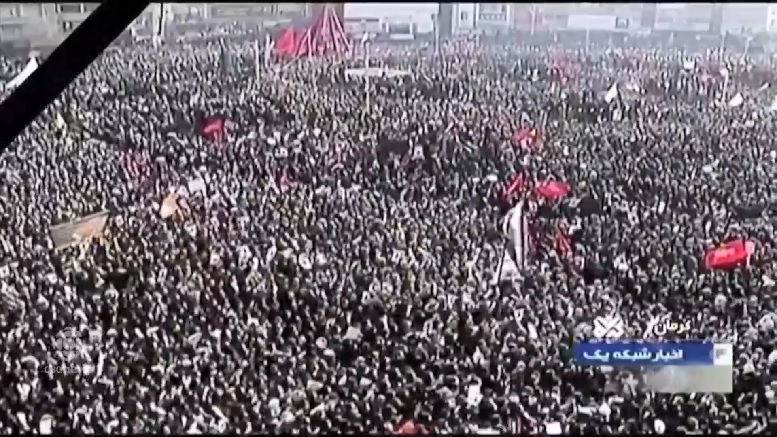
Vast crowds gather in Tehran to hear military officials call for revenge. (via CBC)
For the moment however, the move is having the opposite effect as there is popular unity against the U.S. and the west amid loud calls for revenge.
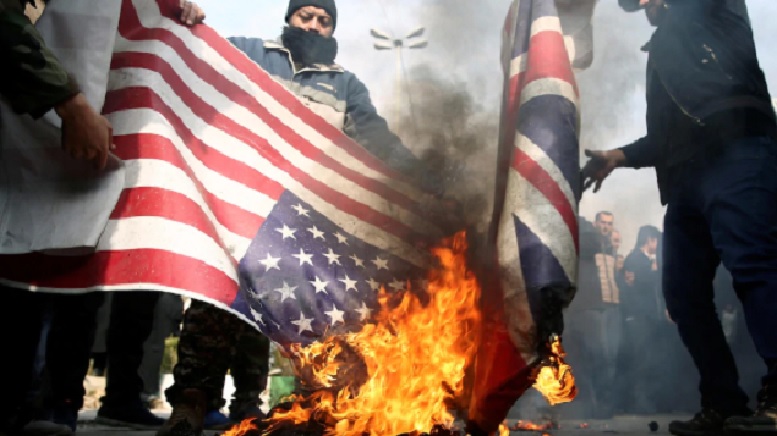
Protests against the U.S. and allies in Tehran.. Once the anger fades, will Iranians begin to turn against the regime in the face of ongoing economic hardship? (Reuters-WANA News Agency)
At the same time however, the professor notes there is also a very great concern among the population that the country could end up fractured like Syria, or involved in some wider conflict. This may temper the official response to the attack, especially as Dizboni says, the hardship of economic sanctions could begin to turn on the leadership as internal demonstrations in the past couple of years have already shown, and once the immediate anti-U.S. anger dissipates.
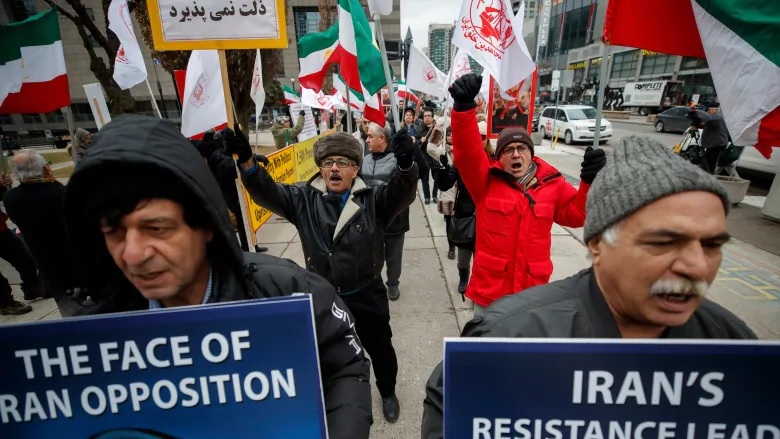
A few dozen Iranian-Canadians gathered in Toronto last week to celebrate the death of top Iranian general Qassem Soleimani. Some loud arguments and scuffles broke out between groups supporting the Iranian regime and Soleimani and those opposed to the general and what he and the regime have done to the country. This is the kind of division that Dizboni feels may grow within Iran itself, even though dissent there is tightly controlled (Cole Burston/Canadian Press)
He feels that if that happens, and the economy continues to suffer, there is the possibility that some kind of takeover or at least additional pressure by the military may occur to ensure security and perhaps head to negotiations with the U.S.
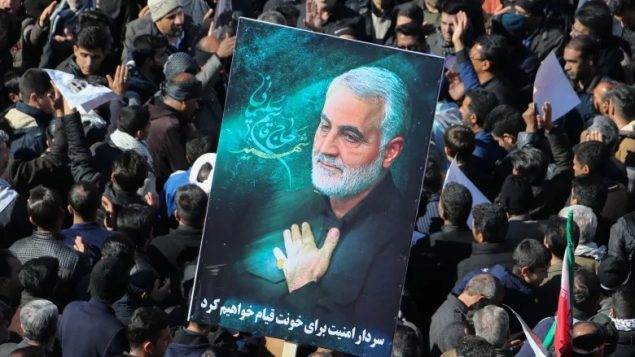






For reasons beyond our control, and for an undetermined period of time, our comment section is now closed. However, our social networks remain open to your contributions.